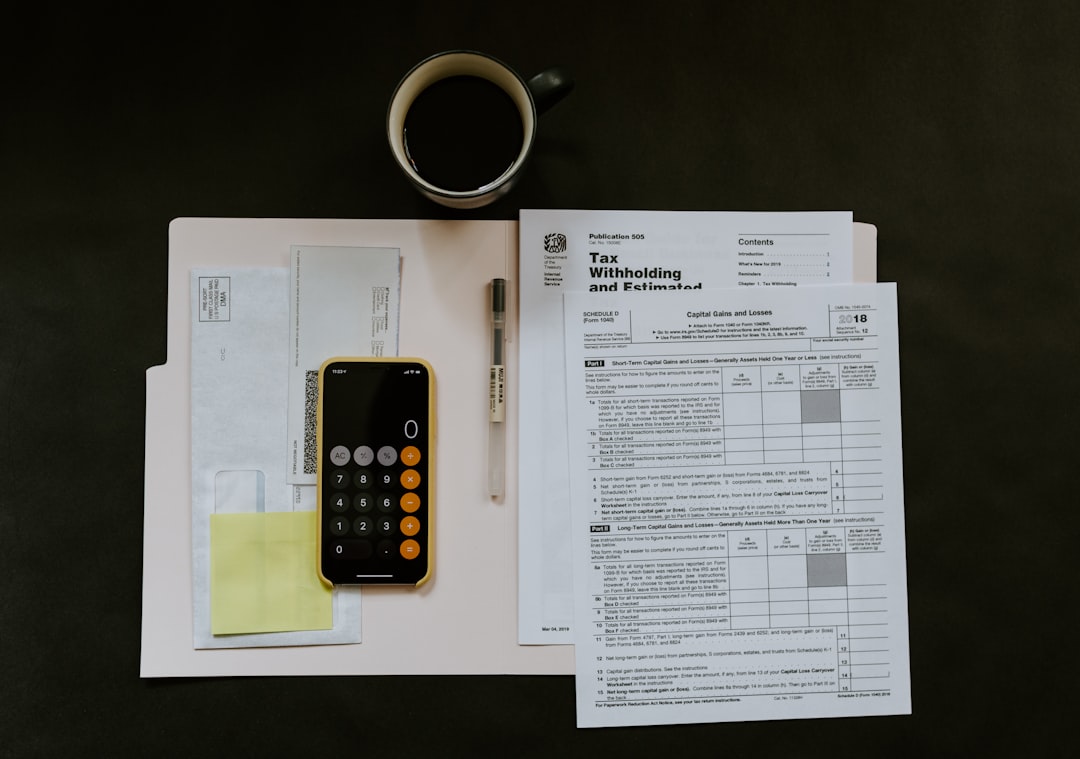Behaviour skills training (BST) is a teaching (and in some cases, therapy) model that consists of several elements that have proven to be effective for training people in a wide variety of skills, both simple and complex, in diverse groups of people, including children and adults, both with and without learning disabilities.
Several variations of BST exist but in general it consists of the following processes: verbal instruction, modelling, rehearsal (or role-playing) and feedback.
The trainer first explains the skill to the learner and then invites them to rehearse the skill with the teacher. Teacher and learner can switch roles and this can make to process more comfortable for the learner. In the rehearsal phase the teacher gives the learner feedback on their performance of the skill and this continues until the learner can consistently demonstrate excellent performance of the skill being learnt. Once this process is complete the teacher arranges a real life test of the skill to test the learner’s competence. Once this has been established the learner is placed on a maintenance schedule to ensure the skill is maintained. Where the learner fails to master the skill the teacher provides instant feedback and undertakes further rehearsal and practice so that the learner has additional time to master the skill.
With Behaviour skills training is performed based until the learner has acquired the skill being taught rather than within a given time-frame. A learner may be said to have acquired a skill when they have performed it correctly at 90% level for three consecutive efforts. While the four components of BST are common to implementations of the system there is significant latitude in the specific ways they are applied depending on the circumstances and the skills being taught. Modelling, for example, can be done in a live setting, through role play or by using video instruction. Feedback can be given in a variety of ways as well including immediately, after some time has passed, verbally, graphically or a combination of these.
The modelling phase can also include non-exemplars of the correct performance of the skill to aid in learning. This can be used to show the consequences of procedural errors in performing the skill and can help learners solidify the purpose and reasoning behind it. During the rehearsal and feedback phase the teacher may first emphasize the easiest element of the skill and through praise and prompting then increase the level of difficulty for learners until they have achieved full mastery. It is important that learners continue practicing the taught skill until no prompts are necessary from the teacher and they accurately perform the skill on multiple consecutive occasions.








